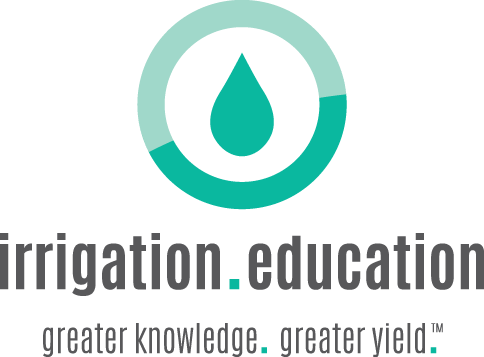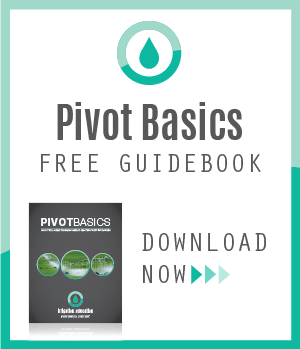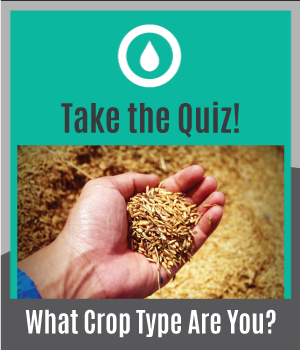For generations, conscientious farmers have been practicing the manual method of soil moisture monitoring based on how the soil "feels". If it feels too dry, irrigate; if it feels too wet, wait a couple days. This classic method can be effective with proper training and experience; however, it's very cumbersome and time-consuming.
With new advances in technology, farmers no longer need to guess when and how much to water, nor visit the field to find out. Valley® Irrigation has an irrigation scheduling and soil-moisture monitoring tool called Valley SchedulingTM that reduces guesswork and provides easy-to-understand irrigation recommendations based on field-proven science.

With the help of your agronomist, just enter farm information, preferences, and field data such as soil, crop type, and stage of development, and the software compiles the data and shows how much water crops need in an intuitive map or list view. Variables like weather and irrigation data can be manually entered or automated from connected devices.
Valley Scheduling offers complete data and convenient access, with a choice of intuitive views accessible anywhere via your smartphone, tablet, or desktop computer. With Valley Scheduling, you can monitor potential crop stress due to over- or under-watering, and increase production and yield quality. This tool calculates the complex calculations you used to have to do yourself, and reduces the amount of time spent in the field determining if the soil is too dry or too wet. Knowing the volume of water in the root zone and forecasting crop evapotranspiration allows you to plan your irrigation and maintain the appropriate soil moisture.
While it is still important to regularly check your fields, soil moisture monitoring and irrigation management may be one of the most important tools in your farming toolbox. Effectively managing soil moisture with tools like Valley Scheduling reduces risk by maximizing yield potential and quality, reducing energy and fertilizer costs, increasing nutrient availability, and allowing you to get one step closer to being the most effective and efficient player in the game of water.
If you want to learn more about Valley Scheduling, log in to irrigation.education and take the Valley Scheduling Overview course today!












